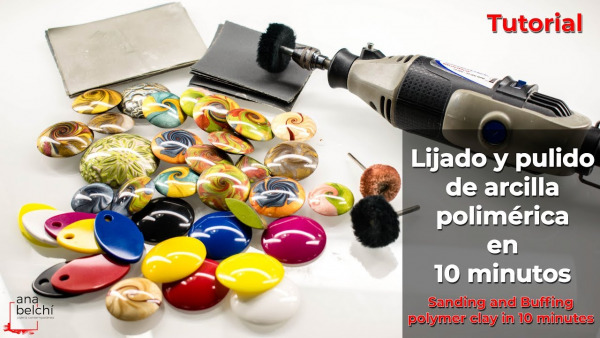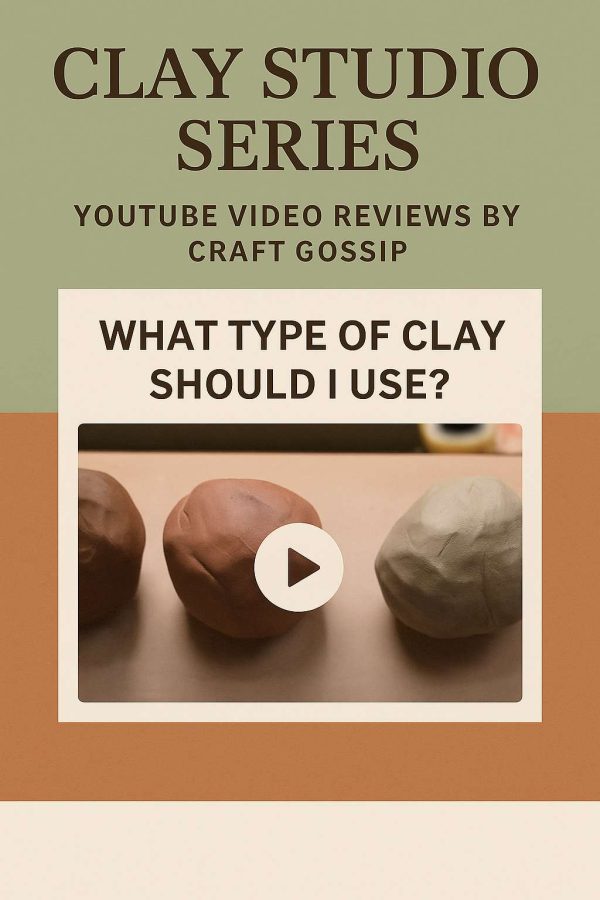
Forgive my ignorance but I didn’t realize Clay could be buffed so shiny! I mean, it’s soooo shiny. And according to this video tutorial (which has English subtitles) you only need 10 mins to achieve this high polished polymer clay. You can watch the full tutorial below.
Buffing your clay opens up the opportunity to try different techniques and new and exciting clay projects. This tutorial uses wet and dry sandpaper and Dremel buffing tool. If you don’t have a Dremel drill
then you are going to need a whole lot of elbow grease.

i love it
I recently paid for a sanding and buffing tutorial, however yours was so much more informative. I did not know about flat vs curved pieces. Thank you for sharing your knowledge v